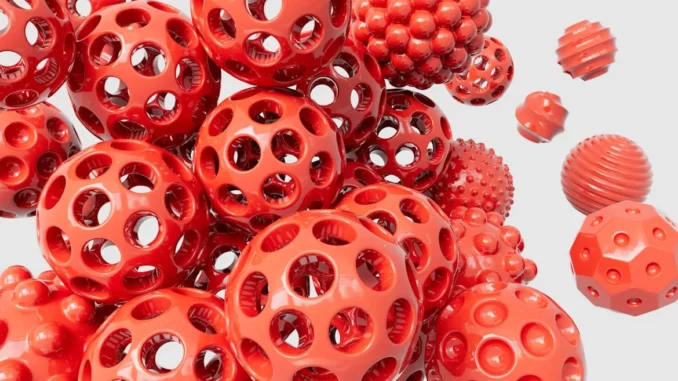
In the swiftly advancing realm of healthcare technology, few innovations have sparked as much interest and potential as 3D printing. Recently, I had the opportunity to engage in a compelling dialogue with Dr. Emily Carter, a seasoned biomedical engineer with over a decade of experience in the application of 3D printing within the medical sector. Our discussion illuminated the transformative impact of this technology, which is not only fostering innovation but also enhancing accessibility within the healthcare industry.
Dr. Carter’s introduction to the world of 3D printing was rather serendipitous. She recounted, “I was involved in a project that necessitated highly customised implants for a patient, and conventional manufacturing techniques simply couldn’t fulfil the requirements.” It was during this endeavour that she encountered 3D printing, which she described as akin to discovering a portal to an entirely new universe. This technology has since been pivotal in revolutionising the healthcare industry by enabling the creation of patient-specific medical devices, thereby markedly improving patient care and reducing production costs.
Tracing the evolution of 3D printing in medical applications, Dr. Carter explained how it began with the creation of anatomical models for surgical planning. “It was intriguing to witness how a tool initially used for visualisation progressed into a method for producing actual implants and prosthetics,” she remarked. This transition from concept to reality has been both swift and remarkable. Advances in material science and technology have significantly propelled this evolution. Dr. Carter highlighted the use of biocompatible materials, such as bio-inks and high-performance polymers, which have expanded the boundaries of what 3D printing can achieve. “We are now able to manufacture devices that not only meet but often exceed stringent medical standards,” she asserted.
Several prevailing trends are currently shaping the 3D printing medical devices market. A key development is the burgeoning emphasis on personalised medicine. Dr. Carter noted, “The capability to customise devices to fit the unique anatomical structure of individual patients is transformative.” Such personalisation enhances treatment outcomes and patient satisfaction. Additionally, the integration of artificial intelligence and machine learning into 3D printing processes is refining design optimisation and accelerating production cycles. “AI is instrumental in reducing the time-to-market for medical devices, which is essential in this dynamic industry,” she added.
Dr. Carter elaborated on the factors driving the growth of the 3D printing medical devices market. Technological advancements, such as multi-material and multi-colour 3D printing, are facilitating the production of complex devices with enhanced functionality. Furthermore, the increasing prevalence of chronic diseases and an ageing population are indirectly boosting the demand for these devices. Regulatory approvals have also been crucial in fostering market growth. “Clear guidelines from regulatory bodies like the FDA have incentivised more manufacturers to adopt 3D printing,” Dr. Carter explained, noting that this regulatory clarity is opening new avenues for innovation and market expansion. The decreasing cost of 3D printers and materials has further democratized access to this technology, enabling smaller healthcare providers and startups to innovate. “This democratisation is creating widespread opportunities for innovation,” she observed.
The demand for 3D printing in medical devices is largely driven by its capacity for customisation and precision. Dr. Carter stated, “Patients and healthcare providers increasingly seek solutions tailored to unique anatomical and medical needs.” For instance, 3D-printed prosthetics can be custom-fitted, significantly improving functionality and patient comfort. As our conversation drew to a close, Dr. Carter shared her vision for the future of 3D printing in healthcare. “I believe we’re merely scratching the surface,” she expressed with evident enthusiasm. She envisaged vast potential applications for 3D printing, ranging from drug delivery systems to tissue engineering. The COVID-19 pandemic highlighted the technology’s ability to address supply chain disruptions, as 3D printers were used to produce essential medical supplies like face shields and ventilator components. “It was a testament to how swiftly this technology can respond to emergencies,” she recalled.
Dr. Carter’s optimism extends to the integration of 3D printing with other digital healthcare solutions. With the rise of telemedicine and remote healthcare, 3D printing stands poised to facilitate improved diagnostics and treatment. In the hands of dedicated professionals like Dr. Emily Carter, 3D printing transcends its role as a mere tool; it becomes a gateway to a future where healthcare is more personalised, accessible, and efficient. As we continue to embrace this innovative technology, the possibilities for enhancing patient care and outcomes appear boundless.


Be the first to comment